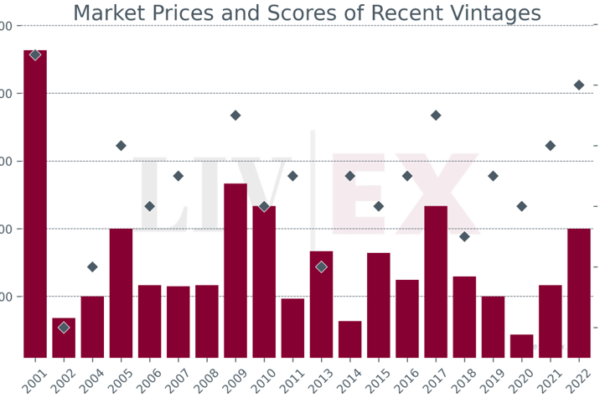With excitement building around Bordeaux 2015 – and the trade preparing to visit the region next week – Bordeaux grower, winemaker and writer Gavin Quinney (@GavinQuinney) of Chateau Bauduc offers a comprehensive report on how the weather affected the vintage.
You can download the full report as a PDF: please click here.
Mobile users can click on the charts below for larger versions.
As a backdrop to the official ‘en primeur’ tastings in Bordeaux next week, here’s my report on how the weather had an impact on the 2015 vintage. The graphs and images should provide a Bordeaux enthusiast with a fairly thorough grasp of how this fine vintage came about, and also why there are regional differences.
It’s a seriously long post, so you may prefer to download the full version as a pdf – ideal for reading later on an iPad or large mobile.
10 weather highlights for 2015
2015 was a dry year, with every month from March to October being drier than average – except for a wetter August.
A cold January and February led to later budding at the start of April but the early growth in the vineyard accelerated through April with warm weather.
The flowering in late May and early June, in close to ideal conditions, was the best for years, followed by useful rain in mid-June.
The summer wasn’t consistent – extremely dry in late June and July, then rain in August. At times, it was hot – 39 out of 92 days of summer saw 30°C or more.
Late August to 10 September was dry – handy for the dry white harvest and ripening of the reds.
The fallout from ‘Storm Henry’ brought rain from 11-17 September, just before the Merlot harvest. The amount varied significantly – eg 87mm in the northern Médoc v 16mm in St-Emilion (see below).
Crucially, it was pretty dry from 18 Sept-2 Oct for the bulk of the red harvest. Chateaux that harvested later had to contend with rain from 2-5 October.
2015 is an excellent vintage but unlike other top vintages in 2000, 2005, 2009 and 2010, the harvest brought plenty of anxiety for many growers over when to pick.
The vines and bunches looked extremely healthy at harvest time, with no rot on the reds to eliminate.
A very good vintage is supported by generally good yields on the reds, but lower yields on the whites.
It’s useful to note the lack of rain each month – and the reverse in August – and how sunny it was in June and July as the grapes formed.
Between April and October, 2015 was drier (375mm) than the 30 year average (497mm) and the four previous years. Compare this with the top vintages of 2005, 2009 and 2010.
It’s probably useful to show what was happening in the vineyard between April and October. This was the same block of Merlot, with Pavie our Jack Russell for scale. You can see how dry it was, especially in late May and at the end of July, then how green it was in August and, importantly, dry again in September for the ripening.
Here is a week-by-week summary, combining figures from 8 sub-regions divided into two graphs – April to June, and July to October. You can find each sub-region’s graphs in the appendix.
The production in 2015 of 529 million litres (equivalent to 700 million bottles) was just above 2014 and exactly matched the average of the last 10 years. Red accounts for more than 85% of the total.
Of the appellations most involved in selling ‘en primeur’, 2015 saw the highest yields for some years. Notably Margaux and St-Julien (highest since 2007), St-Estephe (2006), Pauillac (2010) and the large appellation of St Emilion Grand Cru.
The entire surface area and production of these high profile appellations accounts for just 10% of Bordeaux. The en primeur campaign is largely concentrated around these areas but there’ll be quality and value elsewhere as well – as and when the wines become available.
To download the full report, with additional charts in the appendix, please click here.
[mc4wp_form id=”18204″]














